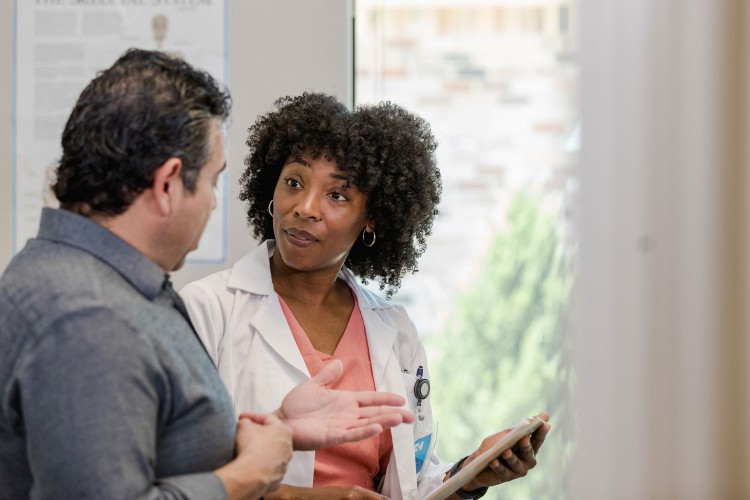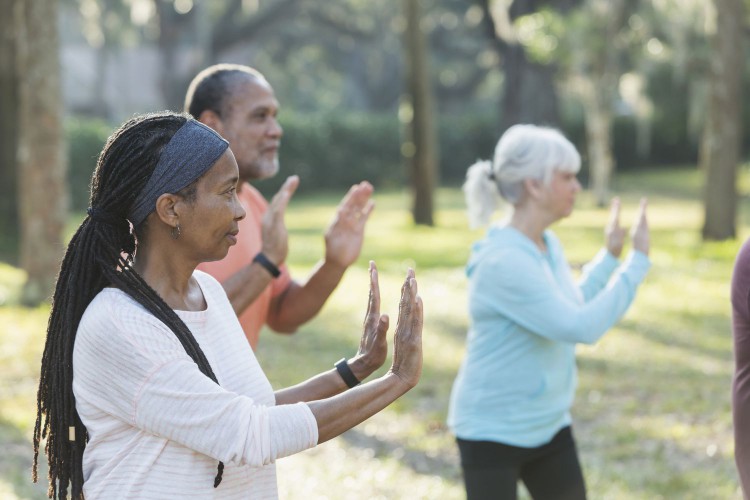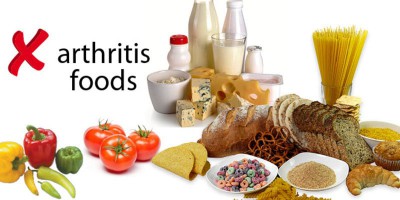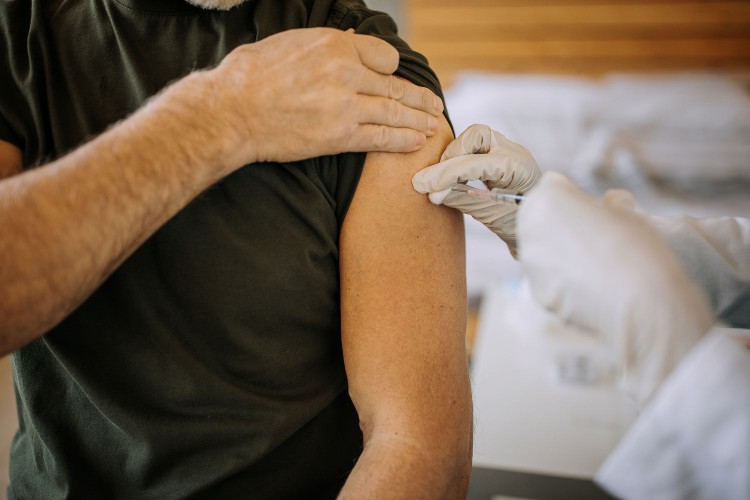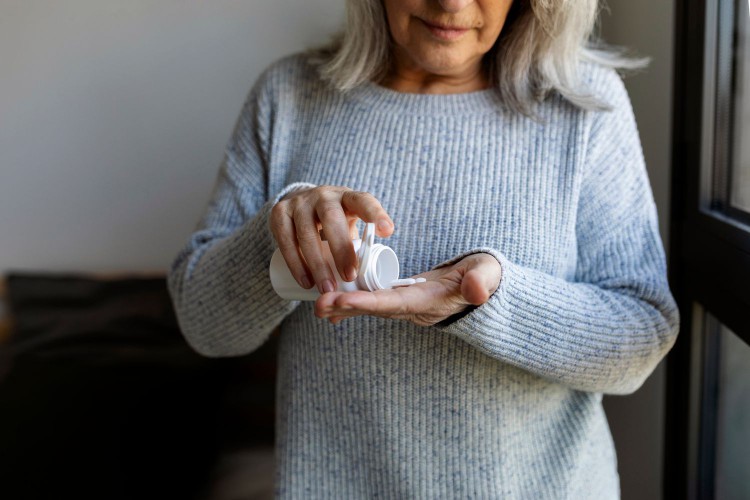Poll: Nearly 1 in 10 US Adults Have Lost a Family Member to Drug Overdose
- Most adults in the U.S. have a personal or family connection to drug addiction, according to a recent poll from the Kaiser Family Foundation.
- The survey also found that nearly one in ten adults have had a family member die from a drug overdose.
- Experts continue to be concerned not only about the unprecedented rise in drug overdose rates, but also an increasingly lethal drug supply in the U.S.
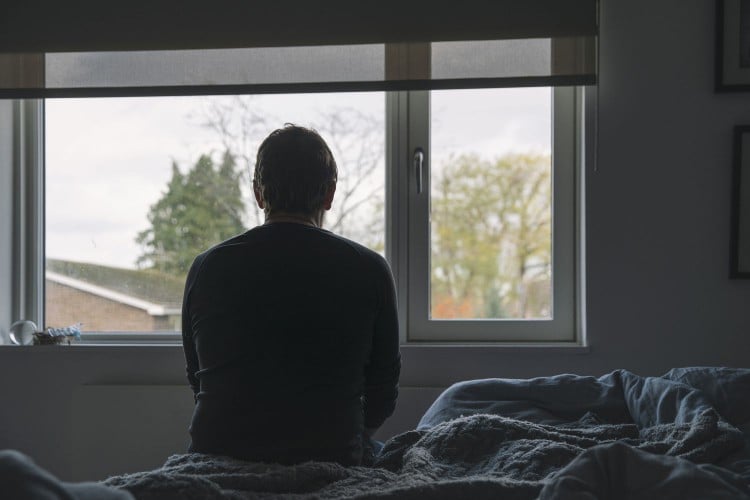
Justin Paget/Getty Images
Nearly one in ten adults have had a family member die from a drug overdose, according to results from a recent Kaiser Family Foundation (KFF) poll.
KFF surveyed a nationally representative sample of 1,327 adults between July 11 and July 19, conducting interviews in both English and Spanish, the health policy organization said. The results paint a stark picture of drug and alcohol addiction nationwide and its wide-ranging effects on Americans.
“Clear trends have been emerging in past years that the nation is struggling with the many issues inside of addiction, including opioid use, fentanyl concerns, and how it’s impacted lives,” Grace Sparks, a survey analyst for KFF’s public opinion and survey research team, told Health.
According to the poll, nearly a third of adults have been addicted to drugs or alcohol or have had an addicted family member. Twenty-nine percent revealed they or a family member have been addicted to opioids at some point.
The statistics regarding addiction prevalence don’t surprise R. Kathryn McHugh, PhD, the chief of psychology and director of the Stress, Anxiety, and Substance Use Laboratory at McLean Hospital. “We know that substance use disorders are very common, affecting approximately one in 10 of people each year, and many more over their lifetime,” she told Health.
Drug overdose rates “continue to rise to unprecedented levels,” noted McHugh. Between 2020 and 2021, drug overdose deaths rose by 14%, from 28 to 32 deaths per 100,000 people, according to the Centers for Disease Control and Prevention. In 2021, nearly 107,000 people overdosed.
“One significant concern is the current level of lethality in the illicit drug supply, which is predominated by highly potent opioids that are fueling the increases in overdose,” explained McHugh.
Here’s what else you need to know.
Treatment Gaps Persist
According to the poll, less than half of adults or their loved ones experiencing addiction sought treatment. But the statistics were more promising for white adults, 51% of whom sought treatment, compared to 35% of Black adults and 35% of Hispanic adults.
That’s also not a surprising result, said McHugh. “Racial disparities in access to care are seen across the healthcare system,” she said, “including for substance use disorders.”
“Disparities are seen in everything from access to affordable care, to diagnosis, to receiving treatment, to receiving evidence-based, high-quality treatment,” she added.
On a positive note, she said, the poll shows more people in general may be seeking treatment compared to previous years. She pointed to the National Survey on Drug Use and Health, which found that the number of people with a substance use disorder who didn’t receive treatment in 2021 was over 90%.
She said that logistical barriers, such as lack of transportation or insurance coverage, and factors such as stigma or the misbelief that treatment cannot help have all contributed to low treatment rates.
Families Are Heavily Affected
Of the nearly one third of respondents who said either they or a family member have had a substance abuse issue, the vast majority—76%—said the experience had at least a minor impact on their relationship with their family. Most also said it affected their mental health and their family’s finances.
A substantial portion said it had a “major” effect on familial relationships, finances, and mental health.
The poll provides new insights into “how much substance use disorders not only affect the person with the disorder but also their families,” said McHugh.
Rural Areas Hit Hardest
In keeping with previous reports, the KFF poll showed that people in rural communities have suffered the brunt of the opioid crisis.
Among people in rural areas, 42% said they or a family member had experienced opioid addiction, compared to 30% and 23% for suburban and urban respondents, respectively.
The poll also showed that 33% of white adults have experienced opioid addiction or have a family member who has, compared to 23% of Black adults and 28% of Hispanic adults.
People in rural areas not only had more direct experience with opioid addiction but also felt more anxiety because of it.
Of the half of respondents who said they “are worried that someone in their family will experience substance use disorder or addiction to drugs or alcohol,” a more significant proportion of people living in rural areas reported these concerns: about 50% compared to about 40% of urbanites and suburbanites.
Nearly half of respondents—mostly from rural areas—feared that a loved one would unintentionally consume fentanyl.
Limitations and Implications
McHugh noted that many of the survey questions are subjective, which makes the data less helpful. “Two different people could have the same drinking behaviors and the same consequences, but one person may consider it problematic, whereas the other would not,” she said. “So, this does not tell us how many people are—for example—meeting criteria for a diagnosable substance use disorder.”
Notably, the results didn’t shed light on how the pandemic may have influenced addiction. However, previous research has shown that it has caused mental health issues to develop or worsen, which McHugh said can fuel addiction.
Overall, McHugh said “data like these are very important and helpful for understanding the public’s perception of the impact of substance use in their lives.” She noted that the results reinforce the need to address the country’s addiction problem by taking measures to expand access to affordable treatment, develop new treatments, and address factors that may contribute to substance abuse disorders.
If you or someone you’re close to is struggling with addiction, McHugh suggested reaching out to a primary care provider or finding a local treatment center through local or state resource lists. You can also call the SAMHSA national helpline, a free and confidential referral and information service.
“For all of us, there is so much stigma toward not only substance use disorders, but also toward their treatment, that we can all fight against in our willingness to talk about substance use disorders and in showing compassion to people who are struggling,” McHugh said.



